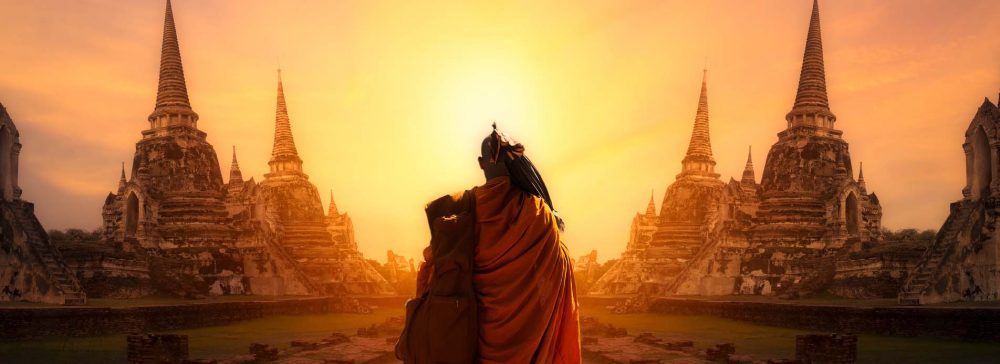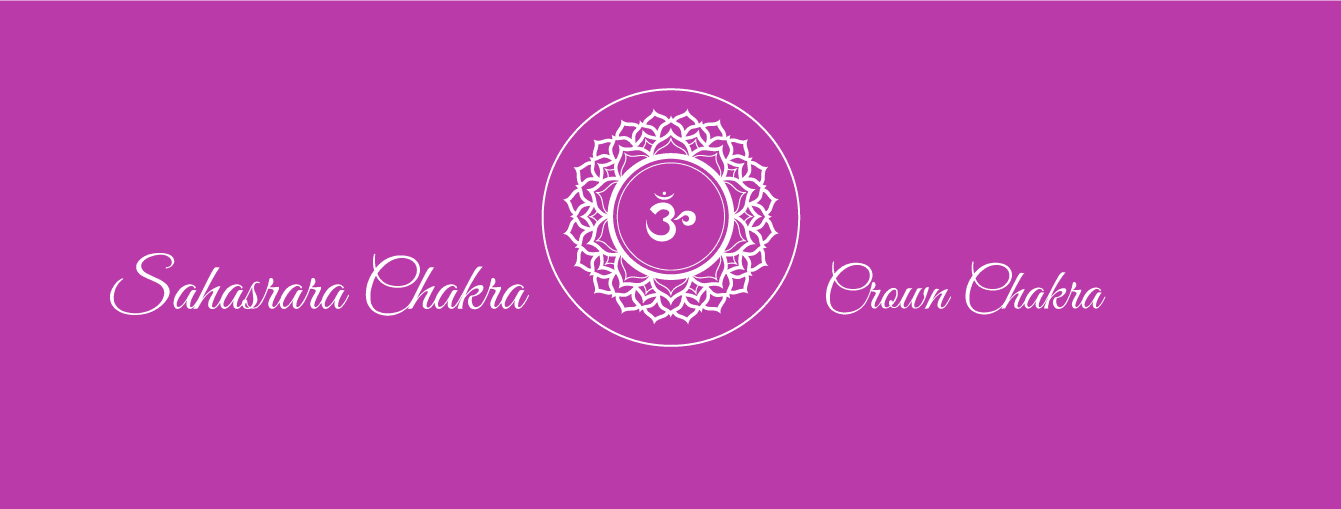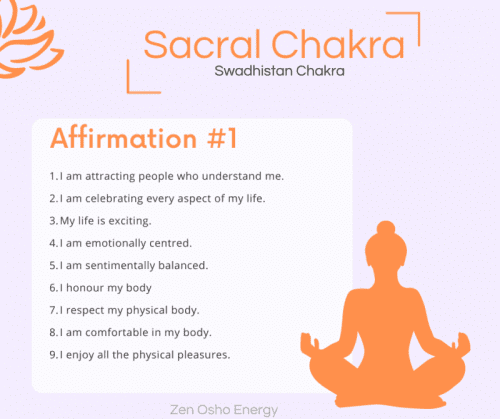Zen: Introduction & Insight
Generally, the word Zen means a calm, attentive, and respective state of mind.
For example, you may say something like this.
“Zen attitude helps people focus on what is important.”
“Gardening helps some people become more Zen.”
But what is the root meaning of Zen? Let’s take a look.
The Etymology of the word “Zen”
The word “Zen” originates from a Sanskrit word “ Dhyan” (ध्यान /Dhya-Aan/) which means meditation. The word was pronounced
“ Jhan” (झान / Jha – Aan ) in Pali Language ( The language spoken by Siddhartha Buddha). When Master Bodhidharma Buddha came to China to teach Buddhism, the pronunciation of the word changed to “Chan” (中国禪宗) and when Master Dogen Buddha, Master Rinzai Buddha, and Master Ingen Buddha took Buddhist practices to Japan, the pronunciation of the word changed to “Zen” (禅).
Over a period of time, not only the pronunciation but ways of practicing have also changed. However, the core principles of Buddhism remain the same.
Zen: School of Buddhism
Zen is a Japanese school of Mahayana Buddhism (“Great Vehicle”) established in the 13th century.
Before exploring the different dimensions Zen, let’s 1st understand that Mahayana Buddhism, the Great Vehicle means.
Buddhism has a long history that goes back before the period of Siddhartha Gautam Buddha ( 4th century) and the teachings of the Buddhas of different times ( also the teachings of Buddhas after Siddhartha Buddha ) have been preserved and practiced by different schools of Buddhism.
The three major schools are;
1. Theravada Buddhism
2. Mahayana Buddhism
3. Vajrayana Buddhism
To understand Zen in a better way, a general understanding of each of the Buddhist schools can be helpful.
Theravada School of Buddhism
Theravada is a South Eastern School of Buddhism. The word Theravada means “The ways of the Elders” and the school is the older than the other two major schools; Mahayana School and Vajrayana School.
Theravada school only focuses on the teachings of Siddhartha Gautam Buddha and does not give priority to the teachings of other Buddhas or Masters before or after Siddhartha Gautam Buddha.
The teachings of Theravada school is based on the Tipikata (त्रिपिटक) sacred texts written by the followers of the Siddhartha Gautam Buddha based on what they have learned and realized. The set of the text is called Pali Canon in the English Language. The Dhammapada, collection of sayings of the Buddha in verse form is a part of Pali Canon.
The teachings are based on reasons and logics for human and earthly suffering and how a
practitioner of the teachings can be liberated from the cycle of life and death through good deeds.
The practice is less ritualistic which means, the use of incense, lights, flowers, bells are minimal and the rule does not establish the need of other Masters/Gurus.
The rules of the school are the most strict among the other schools. The practitioner of the teachings has to renunciate ( give up ) alcohol and sexual relationships. The teachings and practice are basically based upon self-enlightenment and the enlightenment generally means realizing the ultimate wisdom and self-liberation from the cycle of life and death. The meanings of enlightenment are slightly different in other schools.
Mahayana School of Buddhism
Mahayana is one of the most popular schools of Buddhism in the world. The word Mahayana means “The Great Vehicle”.Mahayana school focuses on the teachings of Siddhartha Gautam Buddha and additionally imparts the teachings of Bodhisattvas like ;
- Avalokitesvara: Bodhisattva of Compassion
- Manjusri: Slayer of Death
- Green Tara or White Tara: Avalokitesvara’s consort.
- Samantabhadra: Guardian of all teachers of Dharma and many others
A Bodhisattva is the one who drops the attainment of nirvana to come back on Earth in human form to help all the beings attain enlightenment. Dalai Lama is considered as the incarnation of Avalokitesvara: Bodhisattva of Compassion today.
The teachings of Mahayana school is based not only on the Tipikata (त्रिपिटक) but also on Lotus Sutra, Buddhist text written by a Chinese Buddhist monk named, Daoxuan (道宣).The teachings are based on the practice of compassion and not only for the liberation of practitioners of the teachings but for the liberation of all beings. The practice is ritualistic which means, the use of incense, lights, flowers, bells is more than in Theravada School and establishes the need for other Masters/Gurus. The teaching is basically given though paradoxical or symbolic stories. This teaching style was used by Siddhartha Gautam Buddha too.
Here is one such story.
Once Gautam Buddha picked a lotus flower from a pond and handed it to their students. The students had to decode the teaching from this gesture of grace. One disciple said that the gesture meant that just like the lotus blooms and remains untouched by the water, to become liberated, one has to remain untouched by the other world. Another disciple stated that the gesture meant that the lotus is a symbol of our life and must be offered to others. All the disciples explained the meaning of the gesture turn by turn in their own words.
However, a disciple expressed the meaning of the gesture by a burst of belly laughter and the Buddha said that he was only the one who got the message and added that the wisdom can be non-verbal and is realized once the predisposed ideas are dropped. He calls this the realization of Sunyata which means Nothingness.
The rules of the school are less strict than in Theravada School. The practitioner of the teachings need not renunciate (give up) alcohol and sexual relationships. Masters or the practitioners can get married and occasionally drink alcohol. The teachings and practice are basically based upon collective spiritual awareness of all beings and the word enlightenment generally means not only realizing the ultimate wisdom and self-liberation from the cycle of life and death but also the practice of compassion in everyday little act and helping others become enlightened too.
Vajrayana School of Buddhism
Vajrayana is school of Buddhism established in Tibet which is also called Tantric Buddhism. The word Vajrayana means “The Thunderbolt Vehicle” or “The Diamond Vehicle” because it claims to be the fastest way to enlightenment among the other school. Vajrayana school focuses on the teachings of not only Siddhartha Gautam Buddha as written in Pali canon (Tipikata), the teachings of Bodhisattvas like; Avalokitesvara, Manjusri, Green Tara or White Tara, Samantabhadra, Lotus Stura written by a Chinese Buddhist monk named, Daoxuan but also primarily focuses on other enlightened Buddhas and Masters like ;
- Padmasambhava Buddha ( Guru Rinpoche) who established the Nyingma Tradition
- Naropa Buddha who established the Kagyu Tradition
- Drogmi Lotsawa Shakya Yeshe Buddha who established the Sakya Tradition
- Je Tsongkhapa Buddha who established the Gelug Tradition and other Buddhas and Masters.
Initiation by a master is very important to practice Buddhism in Vajrayana school and masters are given utmost respect by disciples and common people. The practice of Vajrayana Buddhism without proper guidance by a master can be dangerous because the practice in Vajrayana School includes sacred but paranormal and esoteric teachings that are kept secret and only are transmitted to a properly initiated and deserving disciples.
The practice is very ritualistic and the use of incense, lights, flowers, bells is the most among all the other schools of Buddhism. The teaching basically includes the use of
- Mantras (a word or sound repeated in meditation)
- Mudras (a symbolic or ritual gesture or pose )
- Visualization of Deities (a technique for creating images in mind)
- Yogic Exercises (an ascetic technique to control breath control and more) and other esoteric practices
In Vajrayana School, the practitioners of the teachings need not renunciate (give up) alcohol and sexual relationships. Masters or the practitioners can get married (sometimes to multiple partners as a part of a ritual) and occasionally drink alcohol. Alcohol is used in worship and also offered to Buddhist Deities. The teachings and practices of Vajrayana School are also based upon collective spiritual awareness and self-liberation but what makes Vajrayana school different from the other schools is that it claims to help practitioners become enlightened in one lifetime while others school believe that it takes many lives to attain enlightenment.
 You don't have access to this posts. Please login.
You don't have access to this posts. Please login.








